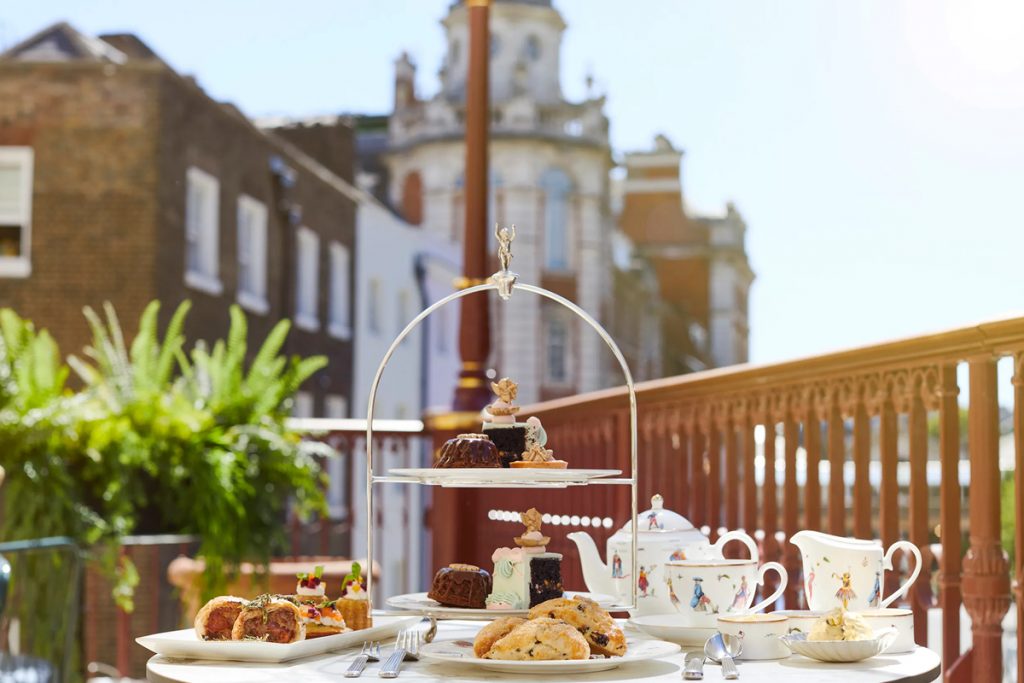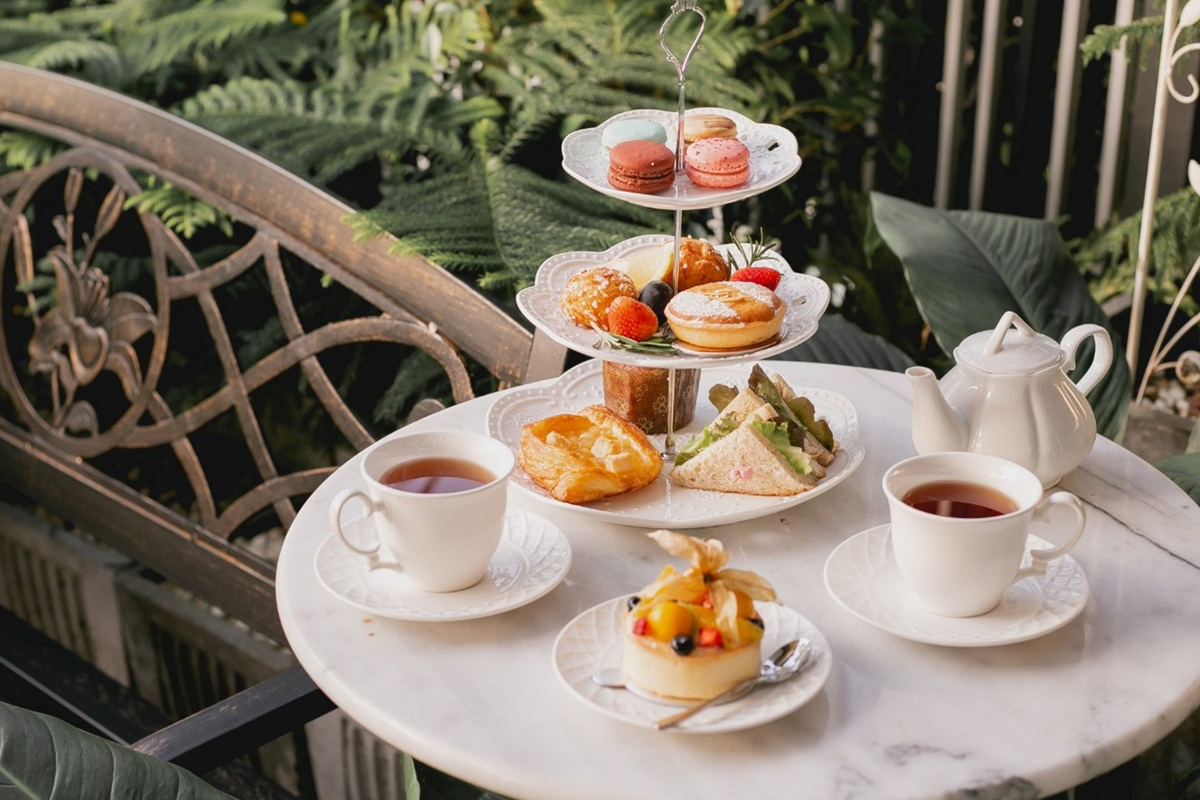We may earn money or products from the companies mentioned in this post.
The allure of afternoon tea has spanned the centuries despite it being a relatively new phenomenon. Even now, people on both sides of the Atlantic are taking time out of their busy days to enjoy this high-quality, traditionally British refreshment after lunch. However, in recent years, it is no longer as popular in Britain and many other countries because of changes in lifestyle and habits. This post gives a brief overview of what afternoon tea is while also explaining some of its origins and cultural differences around the world.
While many see a decline in tea consumption over time due to these changes, people still have an appetite for afternoon tea because for many it signifies tradition and culture which can’t be replaced by other drinks or foods easily. In fact, afternoon tea recently has made a resurgence as people rediscover the joys of sharing it and also because it is now being served in many different places than ever before. For example, one could go to a hotel, restaurant, or café for afternoon tea in the city or even order it online and have it delivered right to their doorstep.
There are those who think that afternoon tea evolved from high tea but this is basically not true. While both take place after lunch, they were created by two different groups of people with two different goals in mind. High tea was invented by families who wanted to eat dinner together. In the 18th century, this was considered a relatively new phenomenon but it quickly gained popularity. In comparison, afternoon tea began as a way to give the middle classes an alternative to going out to eat and they wanted something that could be taken casually after tasks were completed. Moreover, high tea came from the British upper class which didn’t need this type of beverage since they could afford other things like alcohol or coffee and tea was only for the lower classes who couldn’t afford these alternatives.

Hi~Living Deals from "Farmacy Beauty"

